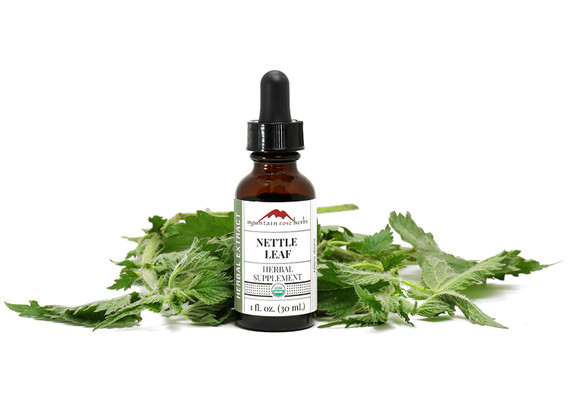Urtica dioica thrives in damp climates and wet soils. Native to Europe, nettles have extended their reach around the world. The entire plant including the leaves, seeds, stalk, and roots, have a long history of use from food to textile fibers. The roots have traditionally been used in European folk practices as an ingredient in male care blends and a tonic herb for the urinary tract. Stinging nettle root can be drunk alone as an infusion or combined with nettle leaf to make a holistic nettle tea.
Nettle has been used worldwide for centuries in a variety of countries and cultures. It has been eaten as a wild food plant, applied topically to the skin, and drunk as an herbal tea. It was used extensively for its fibers and was woven into cloth. Nettle fibers were considered to be high quality and comparable to flax or hemp in Northern Europe.
Nettle supports healthy urinary function and has mild diuretic action and helps to maintain upper respiratory health.*
Nettle is a dioecious, herbaceous, perennial plant. The soft, green leaves are borne oppositely on an erect, wiry, green stem and have a strongly serrated margin. The leaves and stems are very hairy with nonstinging hairs, and, in most subspecies, also bear many stinging hairs (trichomes), whose tips come off when touched, causing paresthesia. Urtica dioica belongs to the Urticaceae family.
Precautions
No known precautions. We recommend that you consult with a qualified healthcare practitioner before using herbal products, particularly if you are pregnant, nursing, or on any medications.
*This statement has not been evaluated by the Food and Drug Administration. This product is not intended to diagnose, treat, cure, or prevent any disease. For educational purposes only.










